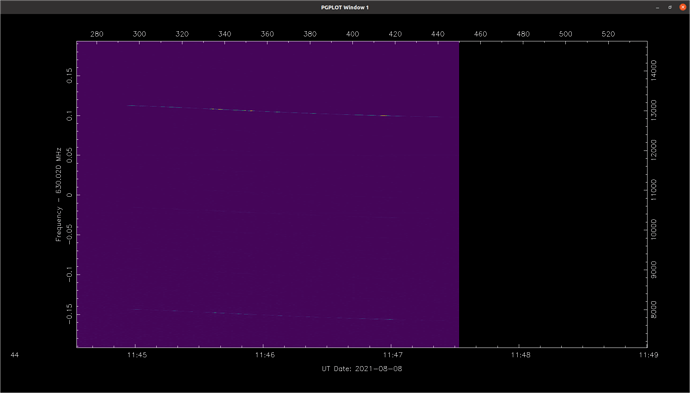The new Nauka module has been received on 631 MHz, just after launch and also recently while it is connected to the ISS. It is still transmitting. See:
https://network.satnogs.org/observations/4549295/
But there are more transmitters on the ISS close to this frequency. I have successfully received the ISS on 630 MHz using STRF:
I had first tried with Satnogs, using a modified flowgraph to get more bandwith. This worked perfectly on Nauka (SatNOGS Network - Observation 4532652) at 631MHz, but not on the ISS (SatNOGS Network - Observation 4533506) at 630Mhz. I don’t know exactly why. And hacking flowgraphs is not the way to go I think.
All this leads to two questions:
- These signals are to wide to be received using the standard satnogs FM flowgraph. For Nauka there has been introduced 2 additional transmitters to catch the strongest peaks at 630.873 and 631.129 MHz. I think we should do the same for the ISS on 629.872 and 630.128 Mhz. I had proposed a change to the 630 MHz transmitter to test this, but that has not yet been approved. What is the best way to handle this?
- How should it be handled in the database that Nauka has been docked to the ISS? Do we need to keep Nauka as a second satellite? Or should the information be merged into the ISS entry? Can the database handle docking like Nauka just did and undocking? The Pirs module has been undocked from the ISS and deorbitted. We may want to receive other undocked modules in the future?
